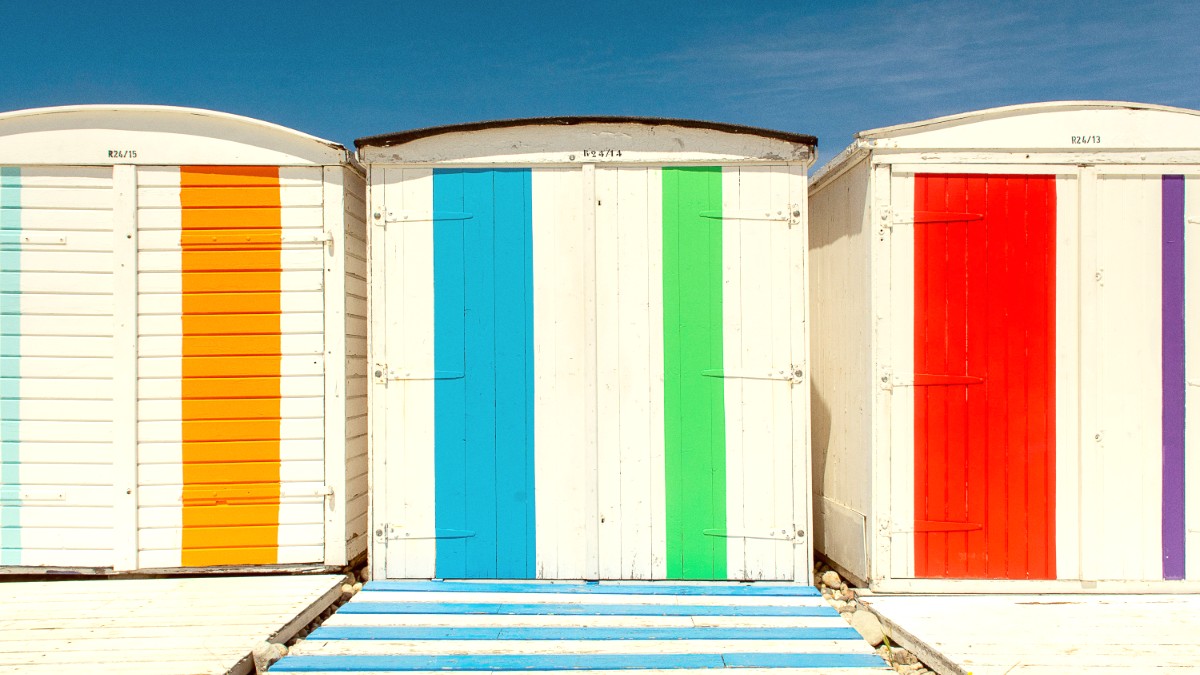
Normandy, France
Le Havre's temperate oceanic climate defines the visitor experience throughout the year. The city experiences mild winters and cool summers, with rainfall occurring evenly across all months. The English Channel's proximity moderates temperatures. Coastal winds occur frequently, making temperatures feel cooler.
Le Havre receives approximately 700-800 mm (27-31 inches) of rain annually, distributed throughout the year. October and November tend to be slightly wetter months. Snowfall is rare and usually light, mostly in January and February. The city maintains relatively high humidity levels, often between 70% and 90%, due to its maritime influence. Winds from the English Channel are a regular feature. They cool warmer days.
Certain activities suit particular seasons for ideal conditions.
Beach and Water Sports: July and August.
Architecture & City Exploration: Shoulder seasons (May-June, September-October).
Hiking & Cycling: Spring and early autumn.
Museums & Cultural Sites: Year-round.
D-Day Beaches & Normandy History: Spring and autumn.
Warmest, longest daylight
Warmest temperatures, longest daylight. Outdoor activities are popular. Beach visits are common.
Accommodation and flight prices at their highest. Larger crowds occur on the beach and popular day trip destinations.
Pleasant temperatures, fewer crowds
Temperatures are pleasant. Smaller crowds. Moderate accommodation prices. Blooming gardens in May/June, autumn colors in Sep/Oct.
Weather sometimes changes quickly. A chance of cooler days and rain. Some seasonal attractions have reduced hours.
Lowest prices, minimal crowds
Lowest prices for accommodation and flights. Minimal crowds. Experience local life without large tourist presence. Good for museums and galleries.
Temperatures are at their lowest. Daylight hours are shorter. Higher chance of rain and wind. Many seasonal attractions are closed or have limited hours.
Coastal winds occur throughout the year. They make cooler days feel colder and add a refreshing element to warmer days. Fog can occur, especially in autumn and winter, due to the maritime influence.
Winter (December-February): Average daily temperatures range from 3°C to 8°C (37°F to 46°F). Spring (March-May): Temperatures gradually rise from 6°C to 14°C (43°F to 57°F). Summer (June-August): Average daily temperatures are between 13°C and 20°C (55°F to 68°F). Autumn (September-November): Temperatures decline from 16°C to 8°C (61°F to 46°F).
Winds from the English Channel are a regular feature.
Fog can occur, especially in autumn and winter months.
Rainfall occurs fairly evenly across all months.
Relatively high humidity levels are common.
Maritime influence moderates temperatures, preventing extremes.
France is a member of the Schengen Area. Requirements vary by nationality.
Entry requirements vary by nationality.
Specific documents are needed for entry into France.
Costs vary based on your travel style.
This section covers vaccinations and emergency contacts.
Minor ailments like colds, flu, or stomach upset occur. Carrying a hand sanitizer is a good practice.
Sunburn is a risk, specifically during summer months on the beach or coastal walks. Sunscreen with suitable SPF, a hat, and seeking shade during peak sun hours protect you. A travel-size sunscreen is practical.
For medical emergencies, dial 15. France has a high-quality public healthcare system. Competent medical care is available.
Le Havre has a large public hospital (CHU de Le Havre).
Pharmacies provide advice for minor ailments and sell medications.
For police assistance, dial 17. Le Havre is generally safe for tourists. Petty crime, like pickpocketing, sometimes occurs in crowded areas. Be aware of your surroundings.
City center and tourist areas are generally safe.
Secure your belongings, especially in busy places.
For fire emergencies, dial 18. For all emergencies, dial 112, the general European emergency number. It connects you to police, ambulance, or fire services.
Equipped for various emergency responses.
Dial 112 for general European emergencies.
| Category | Information | Recommendations |
|---|---|---|
| Drinking Water | Tap water is safe to drink unless marked "eau non potable." | Carry a reusable water bottle. |
| Food Hygiene | Food safety standards in France are very high. | Eat street food and market produce with confidence. |
| Natural Hazards | Coastal storms bring strong winds/rain. Tidal flooding is sometimes a risk in low-lying areas. | Stay hydrated during heatwaves. |